Sila Realty Trust Expands Healthcare Portfolio
Aging demographics and healthcare spending shifts are fueling Sila’s growth across outpatient and post-acute care assets.
September 08, 2025

Strategy Built Around Lasting Demand
Sila Realty Trust is putting long-term demographic tailwinds to work. In its latest company update, the firm outlines how it’s growing a healthcare real estate portfolio built for sustained demand, stable leasing, and efficient operations.
With a focus on net-leased medical facilities—including outpatient centers, rehabilitation hospitals, and specialty surgical properties—Sila continues to expand in a sector shaped by aging populations and rising rates of chronic conditions. The company is executing with discipline, growing through select acquisitions while keeping its balance sheet in check.
Sila’s approach is simple: build a real estate portfolio that aligns with how healthcare is delivered today—and where it’s going. That means more outpatient settings, longer lease durations, and tenants that bring reliable financial performance.
The demographic backdrop is clear. Over the next 25 years, the number of Americans aged 65 and older is projected to grow by 41%. As this population expands, healthcare utilization will continue rising. That shift is already shaping investment priorities across the industry. Sila’s current mix of assets reflects that reality.
Across its 136 properties, Sila has allocated its rent base nearly evenly across three key categories:
- Medical outpatient buildings (MOBs)
- Inpatient rehabilitation facilities (IRFs)
- Surgical and specialty facilities
These are settings that healthcare operators are prioritizing, and where patient volumes are growing fastest.
Financial Structure Supports Growth Without Overreach
The firm has maintained a disciplined approach to leverage and liquidity. As of June 30, 2025, Sila reported $568.8 million in available liquidity and a net debt to EBITDAre ratio of 3.6x. Debt maturities are staggered, and nearly all obligations are at fixed or hedged rates.
This capital structure provides room to expand the portfolio without stretching risk. The company’s payout ratio on adjusted funds from operations (AFFO) was 75.2% year-to-date, indicating dividend coverage remains conservative even as the firm continues to grow.
Portfolio Metrics Reflect Strong Lease Performance
Sila’s assets are leased under long-term agreements—with a 9.5-year weighted average remaining term and 99.2% overall lease occupancy. Nearly all of its rent is tied to triple net or absolute net lease structures, minimizing exposure to operating expenses.
The company tracks weighted EBITDARM coverage ratios across its reporting tenants, which stood at 5.31x as of the most recent quarter. That metric helps evaluate how well tenants can cover their lease obligations based on operating income. It’s one signal among many that Sila is underwriting credit quality as carefully as property quality.
Recent Transactions Show the Strategy in Motion
In 2025, Sila closed on several acquisitions that demonstrate its ongoing focus. These included:
- The Reunion Healthcare Facilities, a $70.3 million purchase of two IRFs in Plano, Texas and Peoria, Arizona. Both assets are newly built, with over 20 years remaining on absolute net leases.
- The Dover Healthcare Facility, a $24.1 million IRF leased to a joint venture between PAM Health and Bayhealth Medical Center. The facility is the only one of its kind in its county.
- The Southlake Healthcare Facilities, a $16.2 million acquisition of a medical office building and ambulatory surgery center near Dallas. Tenants include Cardinal Health–owned GI Alliance and a joint venture between Baylor Scott & White and USPI.
These properties are in markets with strong population growth, and all are leased to experienced operators. They fit Sila’s framework for evaluating new opportunities: purpose-built healthcare assets, strong tenant credit, and long-term leases in high-demand locations.
Looking Ahead
Sila’s core thesis is grounded in where healthcare is heading: toward more outpatient care, more specialization, and more demand from older patient populations. The firm has built an in-house team that sources and evaluates hundreds of opportunities each year—and closes on only a select few.
That selectivity shows in the numbers. Out of more than 380 potential deals reviewed over the past year, just 0.8% resulted in closed acquisitions. The company isn’t chasing growth. It’s focusing on steady execution in a market where long-term fundamentals remain strong.
Sila’s current position—with a diversified portfolio, long lease durations, solid coverage ratios, and capacity for future investment—places it in a strong position to continue executing this strategy.
Share
Read More Articles


